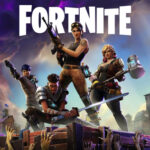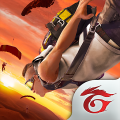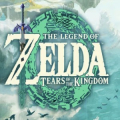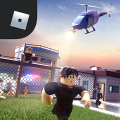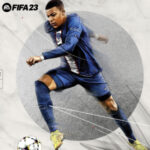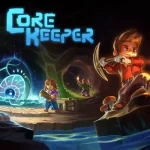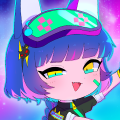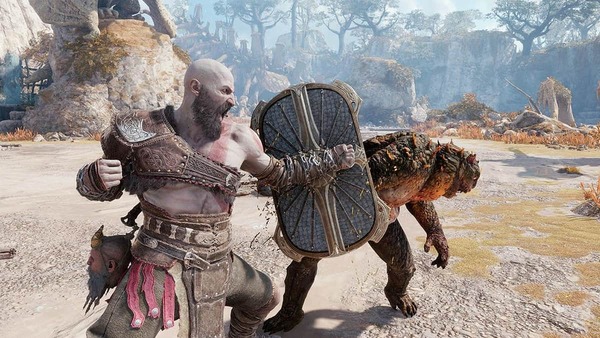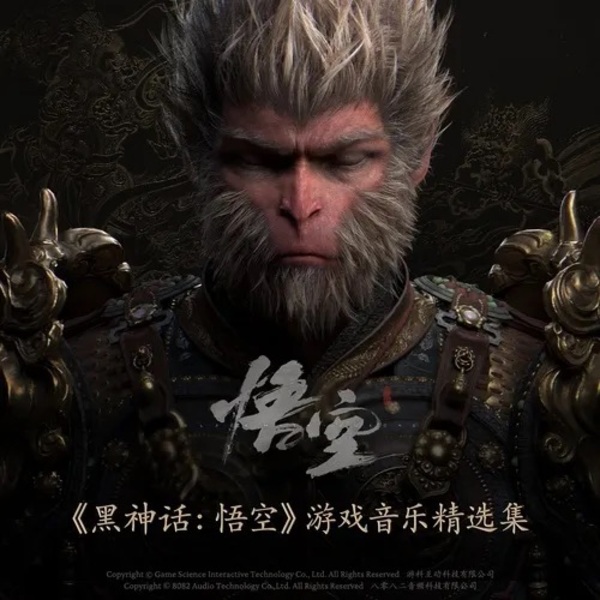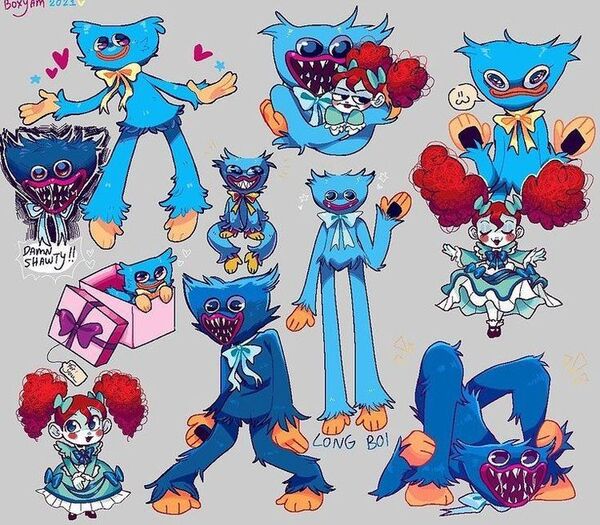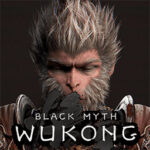Popular Now
Since its release in 2018, Brawl Stars has been one of Supercell’s most successful and competitive titles. With over 60 Brawlers available and frequent updates, the game has evolved rapidly. However, one persistent issue has been creeping up the ranks — power creep. Power creep refers to the gradual introduction of characters or mechanics that are significantly stronger than older ones, making previous characters obsolete or nonviable. This article explores the depth of this problem in Brawl Stars, from early signs to community impact and competitive consequences.
What is Power Creep and Why Does It Matter?

Power creep in gaming describes a trend where newly released characters, items, or abilities are stronger than existing ones. In Brawl Stars, it means that new Brawlers often outclass older ones in versatility, damage, or utility.
The issue becomes more than just a balancing inconvenience — it can reshape the game’s competitive meta, discourage the use of older Brawlers, and pressure players to continually unlock and upgrade new Brawlers to stay relevant.
Early Signs of Power Creep: The Rise of Leon
Leon was one of the first mythic-level Brawlers to expose balance issues. Upon release, his high burst damage, stealth ability, and unmatched mobility made him dominate all modes. While newer players found him fun, his pick and win rates soared, triggering community backlash.
Leon eventually received nerfs, but the precedent was set: flashy, overpowered releases could disrupt balance, creating cycles of overpowered metas followed by reactive patches.
The Star Power and Gadget Era: Layered Complexity
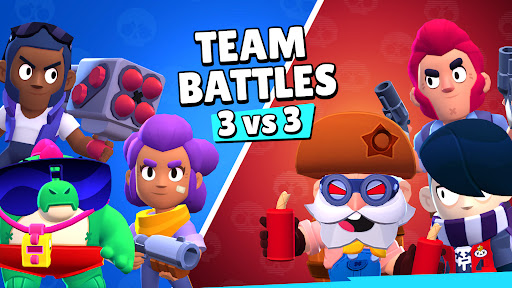
Star Powers as a Balancing Tool
Star Powers were intended to add variety and strategic depth. However, in practice, they often widened the gap between older and newer Brawlers. Brawlers like Crow or Piper, whose power was tied to range or skill, received moderate boosts, while newer ones received Star Powers that amplified already powerful mechanics.
Gadgets and Their Unintended Effects
Gadgets introduced sudden shifts in combat, many of which favored aggressive playstyles. Newer Brawlers often had synergistic Gadgets that compensated for weaknesses, further pushing older characters into irrelevance.
The Case of Edgar: Meta Breaking in One Day
Edgar’s release during Brawlidays was not only free for all players, but also game-breaking. His self-healing mechanic, jump ability, and high burst made him an instant favorite. His dominance in Showdown and Heist modes was undeniable.
Edgar’s impact was a textbook example of power creep — he forced immediate shifts in tier lists and became essential in competitive drafts. He was nerfed quickly, but his effect on the game’s economy and strategy lingered.
How Power Creep Impacts Competitive Play
Draft Mode Distortion
In competitive modes like Power League or ESL events, Brawler drafts are essential. When power-crept Brawlers dominate, drafts become predictable and narrow. Teams either first-pick the overpowered Brawler or ban them, which limits tactical diversity.
Stagnant Metas
Frequent overpowered releases mean that only a small group of 5–7 Brawlers are viable at high levels. This restricts creative compositions, stunts player growth, and makes matches repetitive.
Old Brawlers and Their Decline
Examples of Outclassed Brawlers
-
Shelly: Once iconic, now rarely viable outside of niche maps.
-
Brock: Outpaced in damage and mobility by newcomers like Ruffs or Bonnie.
-
Dynamike: Precision-based, but easily countered by modern Brawlers with jump or dash mechanics.
The Emotional Impact
Long-time players develop emotional ties to their favorite Brawlers. Watching them fall from relevance due to power creep can feel disheartening, especially for F2P players who’ve invested months into upgrading them.
The Monetization Incentive Behind Power Creep
A controversial but significant factor in power creep is monetization. New Brawlers often require in-game currency or real money to unlock quickly. Making them stronger at release incentivizes purchases.
This "pay-to-win" perception damages the competitive integrity of Brawl Stars, raising ethical questions about game design favoring short-term revenue over long-term balance.
How Supercell Has Responded to Power Creep

Supercell has taken multiple steps to address power creep. Regular balance changes, reworks (like with Rosa or Bull), and seasonal updates aim to curb the problem. However, balancing 60+ Brawlers while adding new ones remains a monumental task.
Notable Interventions
-
Monthly balance patches based on usage stats
-
Removal of underused Gadgets and Star Powers
-
Rebalancing economy to make old Brawlers more appealing
Community Feedback and Frustration
Power creep has become one of the most discussed topics on Reddit and Discord. Content creators like KairosTime and Lex frequently highlight how new releases shift the balance unfairly, and how players feel pressured to grind for new power levels.
Polls conducted in the community reveal that most players want older Brawlers reworked or buffed, rather than continually introducing stronger characters.
Is There a Long-Term Fix for Power Creep?
One possible long-term solution is the introduction of a “Legacy Rework Program,” where older Brawlers are given kit updates to compete with newer mechanics. Another is limiting the power level of new Brawlers upon release and scaling it gradually.
Encouraging diverse metas, adding mode-specific balance (as seen in Showdown vs. Power League), and improving accessibility to new content without making it overpowered can help reduce the effects of power creep.
The Fight Against Power Creep Is Ongoing
Power creep in Brawl Stars is a layered, persistent issue that stems from design philosophy, monetization, and content cadence. While Supercell has made efforts to address it, the problem continues to affect player experience and competitive integrity.
Understanding and managing power creep is essential to the game's longevity. Players, developers, and content creators must continue to collaborate and push for a more balanced, fair, and fun future for Brawl Stars.

